Calf Implant Cost in India
Unlock Exclusive Discount : Your Gateway to Premium Healthcare with Medsurge India Health Value Card.

Unlock Exclusive Discount : Your Gateway to Premium Healthcare with Medsurge India Health Value Card.

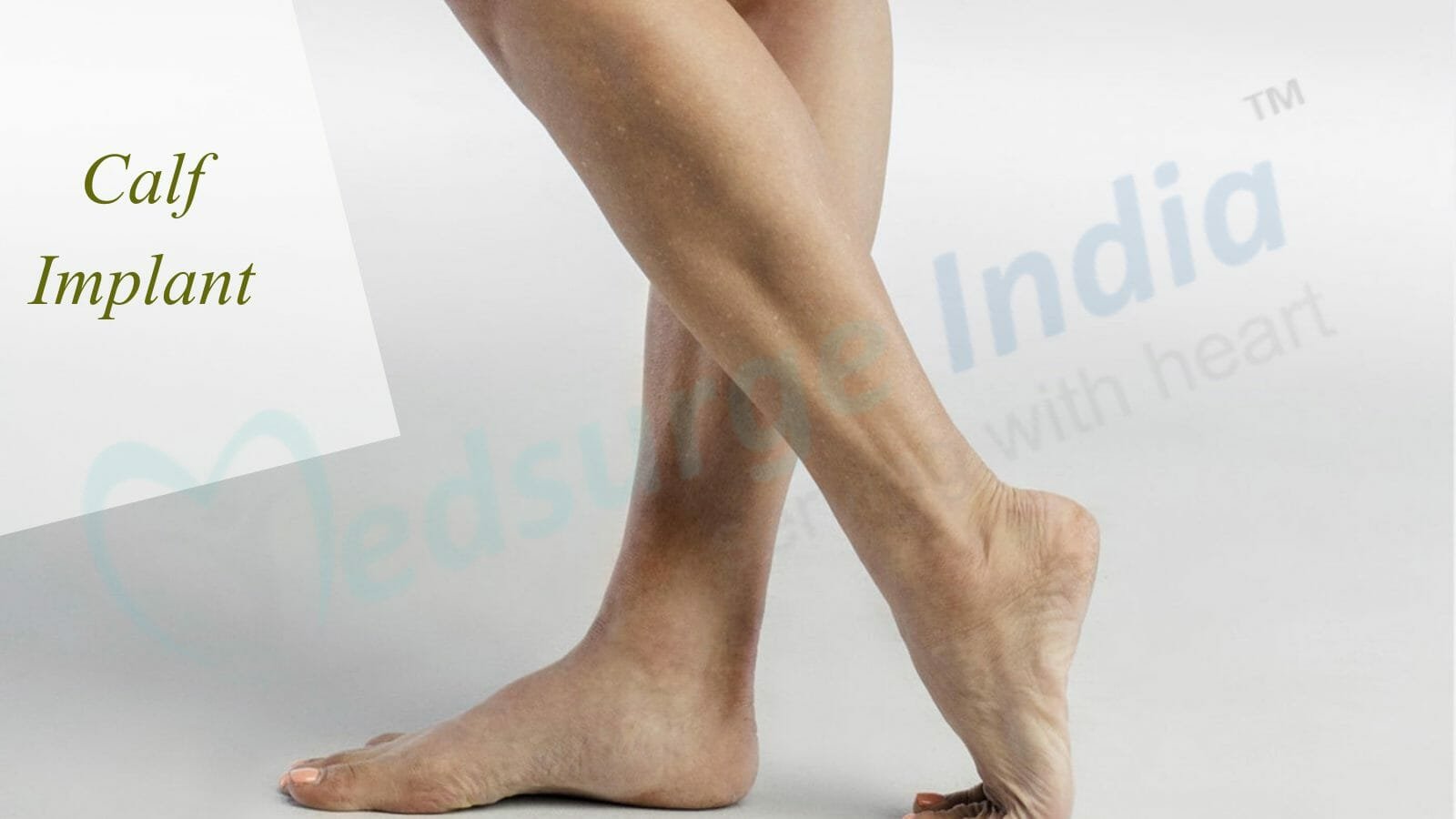
Calf augmentation with implants is a cosmetic surgical technique that improves the contours of the lower leg by enhancing, reshaping, and better defining them. The size, form, and proportion of the calves can be influenced by a variety of circumstances. The shape is determined by both muscle development and fat distribution, with the latter being more important in women. Ethnicity and genetics play a role in calf form. When people with long legs and short gastrocnemius muscles, the big muscle that makes up the bulk of the calf may be positioned too high and unable to develop appropriately.
Calf Implant Surgery Cost in India is attempts to replicate the shape and volume of the gastrocnemius muscle. This is the most superficial muscle in the rear of the calf and the most straightforward to replicate with implants. After the implants are placed, you will notice improvements in the front, rear, and both sides of your legs. The upgrades on the sides can also be seen from the front. When it comes to calf forms and sizes, the proportions of the calf to the leg, as well as most other sections of the human body, confirm the classic golden ratio or golden proportion. The symmetry of the two legs is also important.
Calf implants are a plastic surgery treatment that improves body contouring and symmetry by changing the appearance of the lower legs. To achieve the most natural appearance, two different implants are often inserted in the inner and outer calf to resemble the gastrocnemius muscle (calf muscle).
Gel or solid silicone implants are available. Solid silicone implants may be felt beneath the skin surface, but silicone gel implants have a higher risk of capsular contracture.
Calf implants can be placed sub muscularly or subfascial. Subfascial implants are less invasive and recuperate faster, but they are more likely to become perceptible over time. Submuscular implants are more complicated and take longer to place, but they are more likely to stay in place.
For a more dramatic appearance, some bodybuilders may choose asymmetric calf augmentation surgery with asymmetric implants. A consultation with a plastic surgeon can help establish the best implant type and calf implant surgery insertion approach for a given patient.
A good candidate for a calf implant is someone who is in generally good health, exercises regularly, wants to tone and define their lower leg, or wants to rectify muscular imbalances caused by physical or congenital problems. Calf implants are not advised for people who have a lot of scar tissue, have poor blood flow in their legs, or have certain chronic medical issues.
Calf implant cost in India starts from USD 3000. Cost varies based on the surgical method used, the kind of implant, the surgeon, the facility, and the city in which the procedure is performed.
The price listed above is an estimate and shouldn’t be interpreted as the whole cost of the procedure. Further fees may be incurred depending on a number of variables of the treatment.
| Cities | Starting Prices |
| Delhi | USD 3000 |
| Mumbai | USD 3200 |
| Kolkata | USD 3000 |
| Hyderabad | USD 3000 |
| Chennai | USD 3000 |
| Gurgaon | USD 3200 |
| Noida | USD 3000 |
| Bangalore | USD 3300 |
Reminder: Note that the given amount that is given is the price that applies to the treatment; further fees may be incurred depending on a number of variables as the cost and treatment options for Calf Implant Cost in India may differ based on the patient’s preferences and other factors.
There are several factors that can affect the cost of Calf Implant in India Here are some of the factors that can affect Calf Implant Cost in India:
For Calf Implant Cost in India, the country offers exceptional medical services and facilities to patients who come for treatment. Furthermore, the facilities in India rival those of well-known healthcare centers worldwide. Accommodation, meals, and transportation expenses are also covered.
Calf implants are performed using two surgical techniques: submuscular and subfascial calf augmentation. Submuscular augmentation entails establishing a compartment beneath the calf’s primary muscles in fibrous sheets of tissue. The subfascial augmentation operation, on the other hand, creates a pocket between the muscle and the fascia beneath the skin.
The implants are covered by tissue under the skin or muscle fibers using these procedures, resulting in a pleasant, natural-looking, and cosmetically attractive result.
The operation begins with a skin incision in the rear of the knee crease and the creation of a pocket in the calf tissue. The implant will then be gently inserted and placed within the pocket by your surgeon. Sutures or surgical adhesive will be used to close the incisions, and bandages will be placed.
The patient has:
Calf augmentation is a relatively safe treatment with a low rate of complications and a low rate of mortality. There are hazards associated with every surgery, the majority of which resolve on their own or with therapy.
The following are some potential complications:
The appearance of the calves and lower legs is improved immediately and permanently after a calf implants treatment. Liposuction of the knees and ankles may be required to refine and clarify the results even further.
The recovery time for calf implants is a few weeks, however, it varies depending on where the implants are placed. Those who choose a submuscular implant might expect a longer healing time than those who choose a subfascial implant. Walking will be challenging for the first few weeks. Legs should be lifted as much as possible. Within two to four weeks, the majority of candidates are back to work and light activities.
A: Calf implant surgery, like any other surgical operation, will necessitate some recuperation time. Because your legs will be stiff and tight for the first few days, you may need assistance doing tasks like walking to the bathroom.
A: Patients frequently endure pain and discomfort following calf implant surgery. Calves that are sore, stiff, and swollen are to be expected. Also, don't be surprised if you notice bruises on the incision areas' surface.
A: Because a certain percentage of cells do not survive, surgeons frequently slightly overfill the targeted area. The fat cells that remain should be permanently developed and last a lifetime after roughly six months. It's crucial to keep in mind that time passes and you'll continue to age.
A: Calf augmentation, which involves the use of calf implants, is a surgical technique that improves the overall 'look' of the lower leg. Even the most traditional bodybuilders are receiving calf implants nowadays to help them attain what years of training have eluded them.
A: Complications such as fat necrosis, oil cysts, and calcifications resulting in hard masses or lumps in the breasts have increased as the number of fat grafting procedures performed has increased.





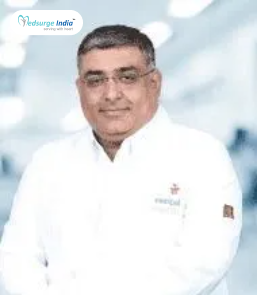
Senior Consultant
23+ years of experience
Manipal Hospital, Mandi Mohalla, Mysore
View Doctor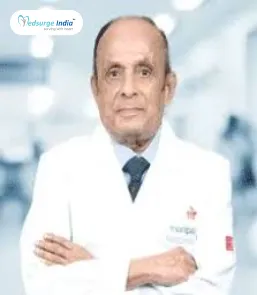
Senior Consultant
62+ years of experience
Manipal Hospital, Mandi Mohalla, Mysore
View Doctor
Senior Consultant
42+ years of experience
KMC Hospital, Hampankatta, Mangaluru
View Doctor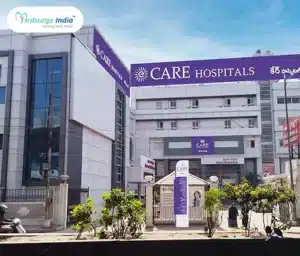

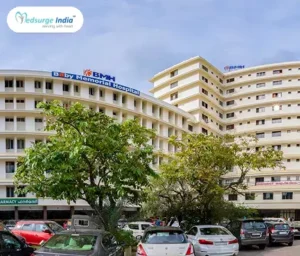

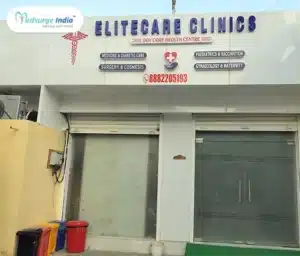
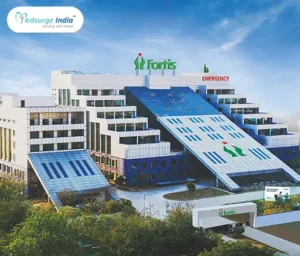

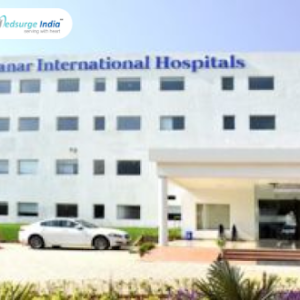
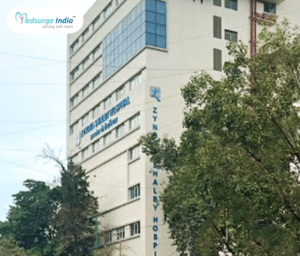
By using our site, you agree to our Terms and Conditions, Privacy Policy and Refund Policy. Medsurgeindia does not provide medical advice, diagnosis, or treatment. The information provided on this site is designed to support, not replace, the relationship that exists between a patient/site visitor and his/her existing physician. We also Accept International Payments.

Copyright © 2025 NSM ONLINE SOLUTIONS PRIVATE LIMITED. All rights reserved.